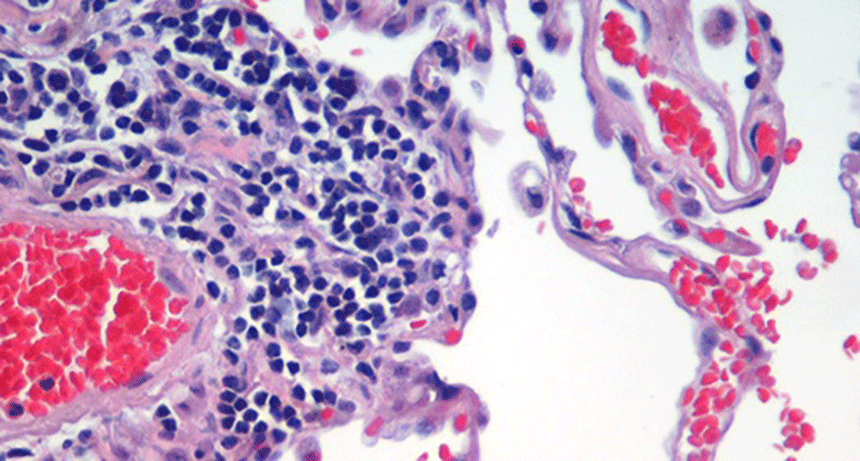anatomy (adj. anatomical) The study of the organs and tissues of animals. Or the characterization of the body or parts of the body on the basis of its structure and tissues. Scientists who work in this field are known as anatomists.
cell The smallest structural and functional unit of an organism. Typically too small to see with the unaided eye, it consists of a watery fluid surrounded by a membrane or wall. Depending on their size, animals are made of anywhere from thousands to trillions of cells. Most organisms, such as yeasts, molds, bacteria and some algae, are composed of only one cell.
fossil Any preserved remains or traces of ancient life. There are many different types of fossils: The bones and other body parts of dinosaurs are called “body fossils.” Things like footprints are called “trace fossils.” Even specimens of dinosaur poop are fossils. The process of forming fossils is called fossilization.
histology The anatomical study of the microscopic structure of animal and plant tissues. The microscopic structure of tissue.
microscope An instrument used to view objects, like bacteria, or the single cells of plants or animals, that are too small to be visible to the unaided eye.
microscopic An adjective for things too small to be seen by the unaided eye. It takes a microscope to view objects this small, such as bacteria or other one-celled organisms.
slide In microscopy, the piece of glass onto which something will be attached for viewing under the device’s magnifying lens.

